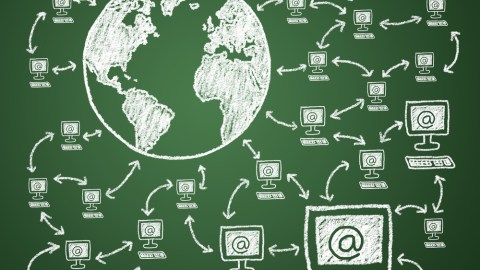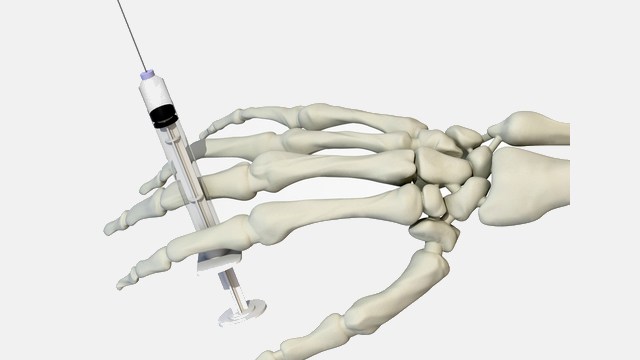The Internet, IPv6 and a World of Abundance

The size of the Internet just expanded exponentially on June 6, a date also known as World IPv6 Launch Day. Internet Service Providers and leading Internet companies like Facebook and Google are migrating to a new, parallel Internet that supports 340 trillion trillion trillion (yes, that’s 2^128) Internet addresses – exponentially more than the current number of 4.3 billion (2^32) IP addresses. As John Curran, president of the American Registry of Internet Numbers, pointed out in the Los Angeles Times, the easiest way to visualize this staggering number is 340 trillion universes, each with a trillion networks, and each of those networks having a trillion devices hooked up to them. If, before, we were running out of IP addresses, exactly the opposite is true: we now have an Abundance.
And that’s where things get interesting because this exponential growth in the size of the Internet could finally usher in the Internet of Things – a world where every physical object is somehow hooked up to the Internet and is able to communicate with every other object. We’re not just talking about laptops, smart phones and tablets – we’re talking about your couch, your fridge and the coffee machine down the hallway from your office. As Peter Diamandis points out in Abundance, this Internet of Things means that “trillions of devices are all connected through a gargantuan network of sensors, each with its own IP address, each accessible through the Internet.” Running out of milk? No problem, your fridge will order it for you online.
The Internet of Things is a clear example of what’s possible when you begin to think exponentially. Before, the Internet’s network infrastructure was basically tapped out at 4.3 billion addresses. Given that the world is headed to 10 billion people and Cisco predicts that 18.9 billion devices will be hooked up to the Internet by 2016, it’s easy to see why the Internet had to grow. Instead of workarounds that conserved IP addresses by assigning multiple devices – and even multiple locations – to the same IP addresses, we now have 340 trillion universes to play with. When devices and sensors can be hooked up to the Internet, it means they can start sharing information: “Soon, companies will be able to perfectly match product demand to raw materials orders, streamlining supply chains and minimizing waste to an extraordinary degree. Efficiency goes through the roof.”
In short, IPv6 – by leading to the Internet of Things – makes possible a world of abundance.
For more than 20 years, the Internet’s founding fathers (and mothers) have been preparing for the move to a new parallel Internet, with Google’s Vint Cerf among the most visible supporters. Back when the Internet was just getting its start, who could have possibly imagined we would need so many Internet addresses? Vint Cerf has already evangelized the migration from IPv4 to IPv6: “The Internet of Things holds the promise for reinventing almost every industry. How we manufacture, how we control our environment, and how we distribute, use and recycle resources. When the world around us becomes plugged in and effectively self-aware, it will drive efficiencies like never before. It’s a big step toward a world of abundance.”
TIME’s Techland blog called the migration to IPv6 “the biggest change to the Internet since its inception.” What makes this change all the more remarkable is that the average Internet user won’t notice anything different. In fact, if you do notice something different with the way the Internet is behaving, it means something has gone horribly awry (or, ahem, you need to re-boot your computer). All the major ISPs and all the leading Internet companies are pushing for IPv6 and research firms estimate that nearly one-quarter of the Internet will soon be running on IPv6. For now, IPv4 (the current standard) and IPv6 will run side-by-side, but will not be compatible. The BBC cheekily suggested it’s like the difference between imperial and metric – you can measure stuff in pounds or kilos, but you always need to translate them into the other system for anything to work properly.
In many ways, the launch of IPv6 is a triumph of exponential thinking. 2^128 is an astoundingly huge number – imagine 340 followed by 32 zeroes. If we assume a global population of 9 billion and the average person surrounded by 1,000 to 5,000 physical objects, we would only need 45 thousand billion unique IP addresses, so IPv6 would appear to have us covered for now with its 340 trillion trillion trillion possibilities. By creating the basis for the Internet of Things, where every physical object has its own IP address, IPv6 has created the potential for the Internet to solve some of the world’s most intractable problems and usher in an era of abundance.
image: Connecting the Computer to the Internet / Shutterstock





